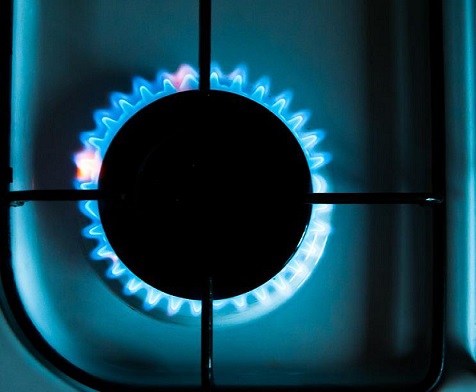On Wednesday European gas futures fell below $750 per thousand cubic meters for the first time since November 2021, according to new data from the London Intercontinental Exchange (ICE).
Gas futures for February delivery at the Dutch TTF hub on Wednesday fell over 5% to $733 per thousand cubic meters or €67 ($71.1) per megawatt hour (MWh) in household terms, before regaining some of the lost ground.
Major cities like Berlin and Prague just recorded the warmest starts to the month ever, and Europe overall is experiencing a milder than usual winter. Meanwhile warm weather is forecast to persist throughout central and southern Europe. This warmer than usual weather has reduced the demand for heating and reduced concerns over gas storage levels, as inventories are currently running about 13% over the five-year average for this time of year. Also driving down gas prices are stronger than usual wind power production, and sufficient supplies of liquified natural gas.
European gas prices topped €345 per MWh when they peaked in August, amid concerns that absent Russian pipeline supplies, there would not be enough gas reserves to get Europe through the winter. The surge in prices hobbled industry and triggered massive inflation, which set off a cost of living crisis across much of Europe.
EU countries responded in December by instituting an emergency cap on the price of wholesale gas at €180 per megawatt-hour, which would go into effect if gas futures traded at a higher level for three consecutive days. That measure goes into effect on February 15th.
Despite the recent decline in prices however, gas remains several times more expensive than the long-term average. Prior to the historic spikes in price seen over the concerns of dwindling Russian energy supplies, TTF gas spot prices were trading in the range of €10-25 per MWh during the 2017-2019 period.

